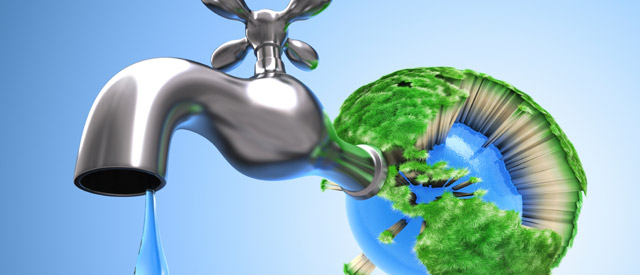Topics
- Regional water observation mechanism
- Regional Cooperation Assessment
- Water Quality Monitoring (JP)
- Water scarcity and drought (JP)
- Groundwater (JP)
- Waste water reuse (JP)
- Shared Water Resources Management (JP)
- Linking rural development and water management (JP)
- Waste management
- Water institutions
- Climate Change
- Floods
- Desalination
- Right to Water
- Irrigation
- Satellite data
- Water reports & data
- Hydrology
- Sanitation
- Gender and IWRM
- ArabWAYS
- Non-Revenue Water
- Virtual Water & Water Footprint
- WANA Water Panel
- Water Demand
- Water Governance
- Water Pricing
- Water accounts
- Water nexus Energy
- Geosciences
- Rural Management
 A New Approach to Sediment Transport in the Design and Operation of Irrigation Canals
A New Approach to Sediment Transport in the Design and Operation of Irrigation Canals
| Release date | 21/02/2007 |
|---|---|
| Contributor | jauad |
| Pointer | http://www.semide.net/thematicdirs/news/snews441605 [The item referred to by this pointer has been moved or deleted] |
The transport of sediment greatly influences the sustainability of an irrigation system. Erosion and deposition not only increase maintenance costs, but may result in an inequitable and inadequate distribution of irrigation water. Understanding the behaviour and transport of sediment allows efficient planning and reliable water delivery schedules, and ensures the controlled deposition of sediments, making maintenance activities more manageable. These lecture notes present a detailed analysis of sediment transport in irrigation canals, together with physical and mathematical descriptions of the behaviour. A mathematical model predicts the sediment transport, deposition and entrainment rate for various flow conditions and sediment inputs. The model is particularly suitable for the simulation of sediment transport in irrigation canals where flow and sediment transport are largely determined by the operation of flow control structures. This book is published in cooperation with UNESCO-IHE.
Login to add a comment
 you are not logged in
you are not logged in





